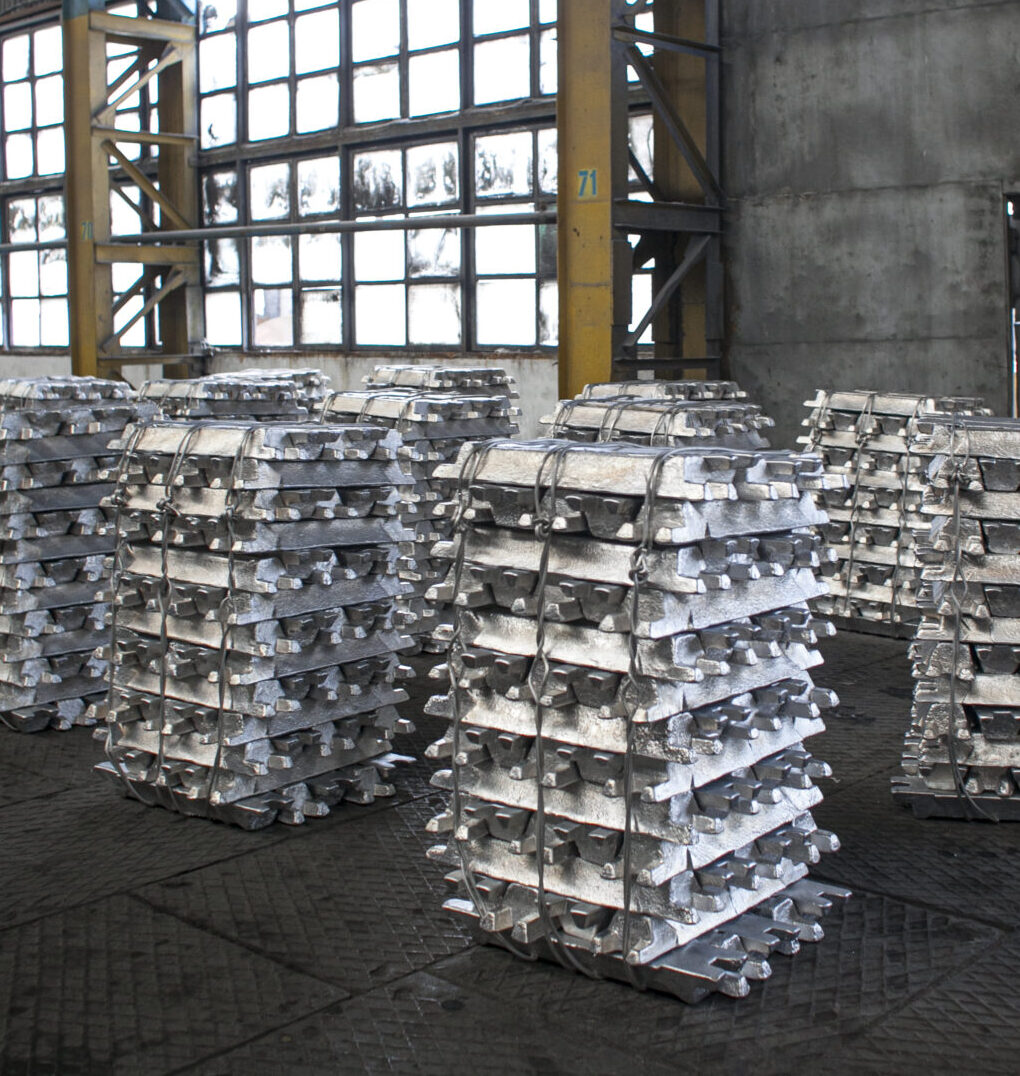The 2025 Tax Debate and Clean Energy Investment
The House of Representatives and the Senate have begun reforming the U.S. tax code, with a focus on extending cuts in the 2017 tax law. To offset partially the impact on the federal deficit, some legislators have proposed striking clean-energy provisions established in the 2022 Inflation Reduction Act (IRA), the largest climate investment in U.S. history.
The fiscal cost and environmental impacts of the IRA are greatly debated. When President Biden signed the law, the Congressional Budget Office estimated that it would provide about $400 billion in federal support to clean energy through spending programs and tax credits over 10 years. Subsequent analyses by major banks and academics found figures two to three times this initial estimate. Emissions reductions expected under the IRA also vary by a factor of three.
Unpacking the factors contributing to such large uncertainties – a topic I recently explored in The National Tax Journal – is key for understanding the potential fiscal and environmental implications of reforming or eliminating the IRA.
Satisfying multiple policy goals through new subsidies
The design of the IRA reflects an array of policy goals: supporting American jobs, targeting investment in historic fossil fuel communities and low-income areas, in addition to creating clean energy. So, in practice, the value of a tax credit for a renewable-power plant depends on the labor agreements governing its construction, the use of American-made components, and the plant’s location, in addition to how much power it produces. Based on these conditions, the per-kilowatt-hour subsidy can vary by a factor of six. Striking any of these conditions or shortening the time horizon of eligibility for tax credits could significantly reduce fiscal costs, but also environmental benefits.
Moreover, to spur innovation in novel technologies, Congress established numerous new tax credits in the IRA, which required the Treasury Department to issue rules and guidance. How these are implemented could have major implications. For green hydrogen projects alone, one analysis found fiscal costs ranging from $380-$750 billion.
Overlapping regulations and tax credits
The Environmental Protection Agency (EPA) leveraged the IRA to set more ambitious regulations on biofuels, light-duty vehicles, and power plants. The EPA’s 2024 power plant rule compels coal-fired and gas-fired power plants to install carbon-capture and storage equipment, based on an assessment that IRA subsidies enable commercial feasibility of this controversial pollution-control strategy.
This regulation increases federal expenditures through the tax code in two ways. First, it increases demand for carbon-capture technology that will spur greater claims for tax credits. Second, it will accelerate fossil fuel power plant retirements, increasing demand for renewable power (and claims of associated tax credits). Layering this regulation on top of the IRA could increase federal expenditures by as much as $50 billion. The current administration’s efforts to walk back many Biden administration EPA regulations would eliminate the amplification effect of layering rules on top of subsidies.
Another example: The Biden EPA regulated vehicle emissions by encouraging the uptake of electric vehicles. Withdrawing those regulations combined with a partial repeal of IRA tax credits for EVs could reduce EV subsidies by $400 billion over 10 years. Yet the emissions impact of that $400 billion is relatively small because EV prices are approaching parity with gasoline-fueled cars; the primary impediment to purchasing an EV is being able to charge it, not the price. So, dropping the EV tax credit is likely to benefit the federal budget while making a relatively small impact on emissions.
Spurring innovation in clean energy
Subsidies for clean energy create incentives for firms to innovate and consumers to adopt.
Two decades ago, for example, generous German subsidies increased solar panel purchases in that country, causing prices to fall and firms to enhance efficiency – encouraging further adoption. Lower prices then made it cheaper for households in the United States to adopt solar when federal tax credits became more generous in 2008. Because lower prices led to higher uptake, federal support for solar ended up being 10 times greater than originally estimated.
To the extent that IRA subsidies could spur similar clean-energy innovation and cost-savings – e.g., for better storage technologies – the law could deliver more-than-expected emission reductions, albeit with potentially greater public spending.
In addition, the IRA spurred financial innovation by enabling clean-energy investors to transfer their tax credits. To an energy-project developer, the value of a tax credit has traditionally been limited by the developer’s tax liability. If the developer does not have taxable income equal to the tax credit, then it would receive less than the full value of the subsidy. To circumvent this constraint before the IRA, developers would enter tax-equity partnerships, typically with large financial companies. The financial company would make an equity investment in the project, and in return it would receive the right to claim the tax credits. For this service to “monetize” the tax credits, clean-energy developers gave up about 15 cents of every dollar of tax benefits to financial companies. In other words, the company building a wind farm or installing solar panels only received 85 cents for every dollar of clean-energy tax expenditure. Under the IRA, transferring a tax credit is much simpler and less costly, and the transfer market is enabling renewable power developers to receive about 95 cents for every dollar of federal subsidy. Eliminating transferability, as proposed in the initial House Ways and Means Committee draft, and returning to the reliance on tax-equity partnerships, would increase the private costs of investing in clean energy and slow investment.
Policy uncertainty
Uncertainty in the broader policy environment may slow clean-energy investment and reduce federal spending as the IRA originally envisioned. The permitting and siting processes for energy infrastructure require time, and Trump administration decisions on wind projects suggest that they will further burden them with bureaucratic hurdles. The dramatic volatility induced by swings in tariffs – and uncertainty about future tariffs – will chill investment as developers assess implications for project costs. These policy drivers of investment uncertainty may result in a lower baseline investment environment, and hence suggest that IRA elimination would yield less in revenue savings to finance other elements of the tax bill than would be expected under the previous administration.
The largest source of uncertainty will be how Congress modifies the IRA through tax legislation this year. IRA spending to date is overwhelmingly in red congressional districts. In March, 21 Republican representatives declared that changes to the law should be done in a “targeted and pragmatic fashion” that does not undermine investments in clean energy. How this plays out – in committee mark-ups, floor debates, and securing agreement across the House and Senate – will determine the course of U.S. clean-energy investment through the rest of this decade.














